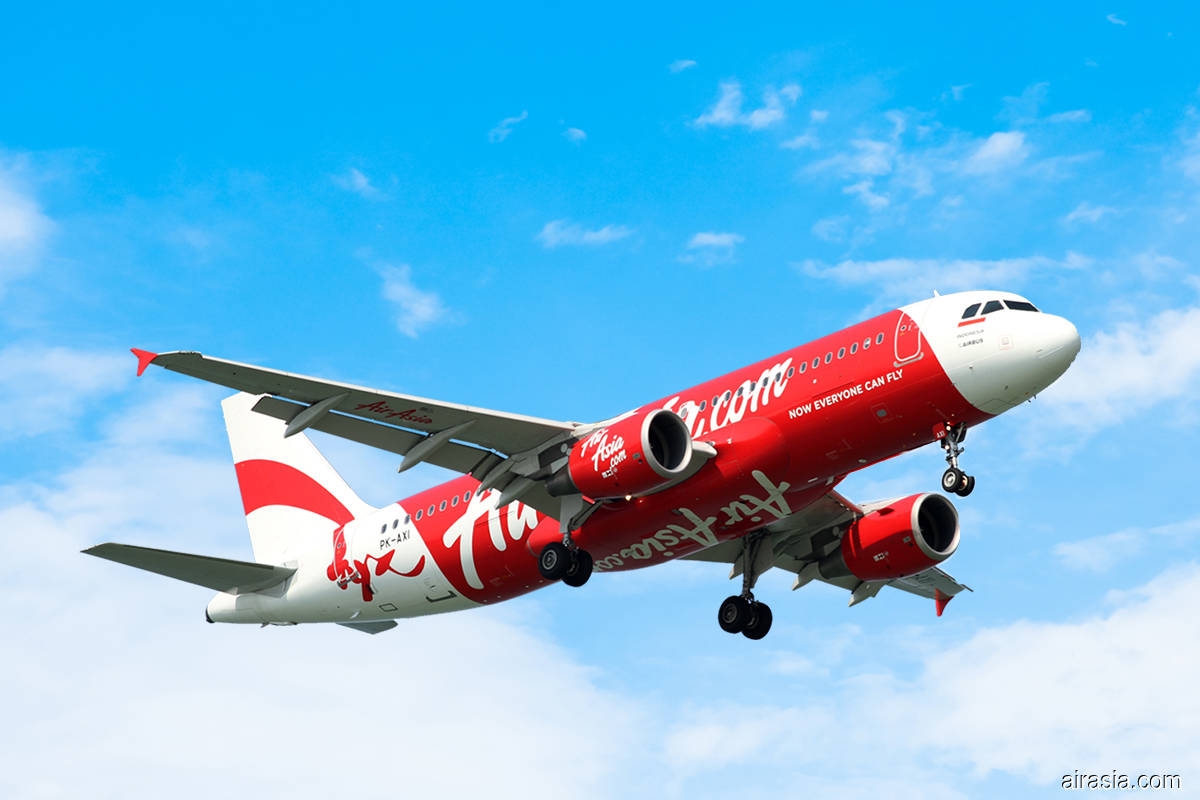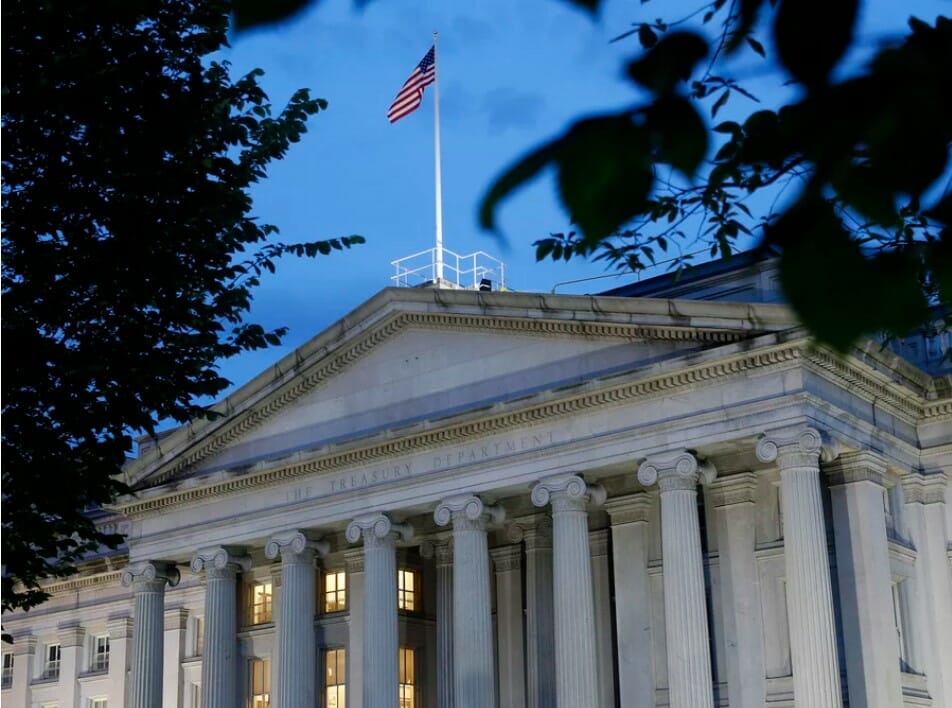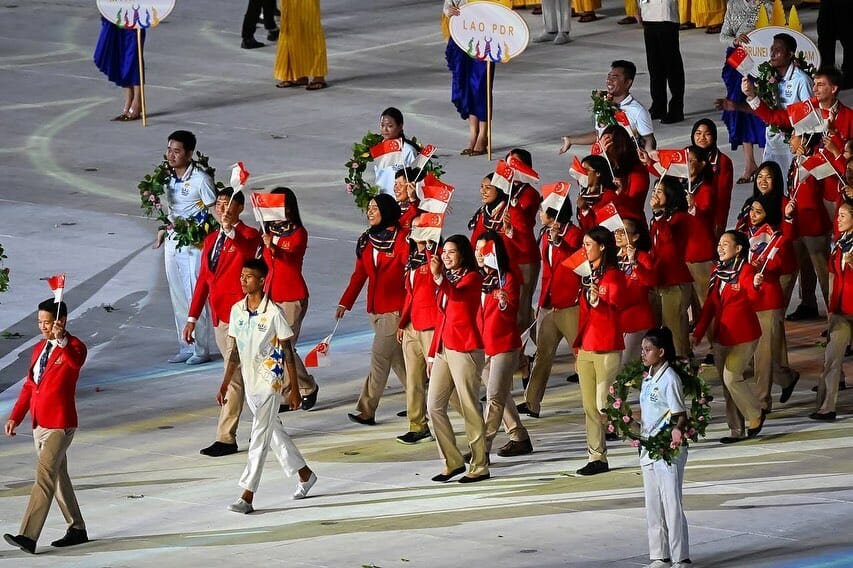KUALA LUMPUR, 14 JULY: Analysts covering AirAsia Group Bhd have reacted differently to the budget airline’s much-anticipated cash call, with some praising the procedure while others claiming that the RM1.02 billion proceeds are insufficient to meet the company’s cash flow needs. A huge question lurks as investors express excitement about the future estimated returns from the rights sale. Tan Sri Tony Fernandes and Datuk Kamarudin Meranun, AirAsia’s co-founders (and chief executive officer and chairman), have yet to provide an undertaking for their portion of the rights issuance.
AirAsia said it plans to acquire undertakings from the couple, who control 26.4 percent of the company and have the right to subscribe to RM257.27 million, or 25.1 percent of the planned RM1.02 billion fund-raising, when it announced the fund-raising campaign on Monday (July 12).
AirAsia is also looking for underwriters for the half of the rights offer that will not be subscribed by the duo, which amounts to RM358.62 million, or 35% of the entire fund-raising.
To summarize, AirAsia has proposed a rights issue of two redeemable convertible unsecured islamic debt securities (RCUIDS) for every six AirAsia shares owned at a price of 75 sen each. For every two RCUIDS subscribers, a free warrant is included in the seven-year RCUIDS.
The day after the news, AirAsia’s stock dropped five sen, or 5.65 percent, to 83.5 sen, valuing the company at RM3.24 billion. Even after accounting for the planned cash call, PublicInvest Research maintains its concerns about the budget airline’s balance sheet vulnerability, with a target price of 19 sen per share. Notably, as of the end of March 2021, AirAsia had negative shareholder equity.
Meanwhile, in making its 80 sen ‘hold’ call on the counter, KAF Research said: “While we view the proposed exercise positively, vaccination rollout is critical to reinstate air travel; any resurgence of Covid-19 outbreak could be a major impediment to AirAsia’s operations, as it remains in the red with future funding needs.”
‘Until the aviation sector recovers,’ but when is that going to happen?
To summarize, whether the plan is beneficial to shareholders depends on whether one believes in the recovery trajectory and whether the low-cost carrier will be able to get the remaining capital required to continue its operations in the future through additional borrowings or placements.
If reopening borders by 1Q2022 is considered a credible forecast, 75 sen RCUIDS would be a low starting point, with 8% returns prioritised over shareholder dividend, as well as the ability to return the RCUIDS to AirAsia without incurring a financial loss or convert them to AirAsia shares.
On the contrary, new cases of Covid-19 have resurfaced not just in AirAsia’s home market of Malaysia, but also in all of the airline’s other markets. At the time of writing, new cases are at an all-time high in Indonesia and Thailand, with another spike in Japan. Cases are also on the rise in nations like Vietnam, Cambodia, and the Philippines.
In this portion of the world, vaccination rates have likewise been slower. Other significant AirAsia markets in ASEAN, other from Singapore, Cambodia, and Malaysia, are lagging behind, which may contribute to a later-than-expected reopening of borders and a lengthier return to normalcy for the aviation industry. It’s safe to conclude that planes will not be flying again in the third quarter of 2021, as was predicted this time last year.
Meanwhile, Thailand’s Pukhet island, which reopened to tourists in July under the Sandbox system, has only reported six international Covid-19 instances out of roughly 5,000 inbound tourists so far, despite authorities saying it is “unexpected.”
The test could pave the way for a quick reopening in the area. Shareholders should subscribe to AirAsia’s rights and “participate in AirAsia’s rebound post-pandemic, which can be rapid and furious,” according to TA Research, which has a target price of RM1.18 on the counter.
If you can get back on track, it’s a good proposal.
If AirAsia is looking to get back on track, the rights issue with free warrants appears to be a good option, according to Kenanga Research.
“We believe the RCUIDS is a better investment option for those looking for an AirAsia exposure, given its 8% yield and downside risk protection provided by a phased redeemable-at-par feature beginning in the fourth year, while there could be potential upside from capital gains reaped from conversion at any time within the seven years from issuance, provided AirAsia’s rehabilitation process is completed,” says the analyst.
Meanwhile, AmBank Research estimates that as the RCUIDs mature, AirAsia’s share base will grow by over 60% to 6.14 billion shares, diluting the company’s FY23 earnings per share (EPS) by 21%. (partially mitigated by interest savings from the RCUIDS proceeds).
To be sure, AirAsia has the option to redeem the RCUIDS starting in the fourth year, which would involve paying each RCUIDS bearer $75. If the share price climbs above the RCUIDS subscription price, RCUIDS holders can convert them to AirAsia shares. The RCUIDS will be traded on Bursa Malaysia as well.
There are also free seven-year warrants that will increase in value if AirAsia’s prospects improve.
Other fund-raising initiatives are in the pipeline.
With RM336 million raised from previous private placements and as much as RM1.02 billion raised from the most recent rights sale, the business still needs to raise RM1.14 billion to continue its operations.
“It is also well advanced in conversations to secure a number of other fundraising opportunities,” AirAsia noted in a recent press release about the cash call. Fernandes had anticipated to get RM1 billion in loans from three Malaysian banks in his last interview with The Edge three months ago, pending approval from local regulators under the Danajamin guarantee system.
However, AirAsia’s anticipated RM2 billion to RM2.5 billion fund-raising at the start of the crisis only included funds through the end of 2021 – though some believe the proceeds will last longer, given that AirAsia’s cash burn rate has been lowered to roughly RM29 million per month.
Meanwhile, AirAsia is looking to generate $300 million (RM1.26 billion) through a potential listing of AirAsia Digital in the United States, which includes its airasia super app, Teleport logistics, and BigPay e-wallet software. According to Reuters, Fernandes said the group is in talks with additional suitors, including Malaysian and Indonesian private equity firms.
Indeed, since its first public offering in 2005, AirAsia has been profitable for the majority of the time, with dividends paid out over the last decade, including two years of record dividends of RM1.54 per share in FY18 and FY19.
In comparison, a new capital injection of RM1.50 for six shares held appears to be a good deal. Will AirAsia be able to get all necessary funds in the next six to nine months, and will the aviation sector have recovered by then? Before everyone can fly again, borders will have to be reopened./n





